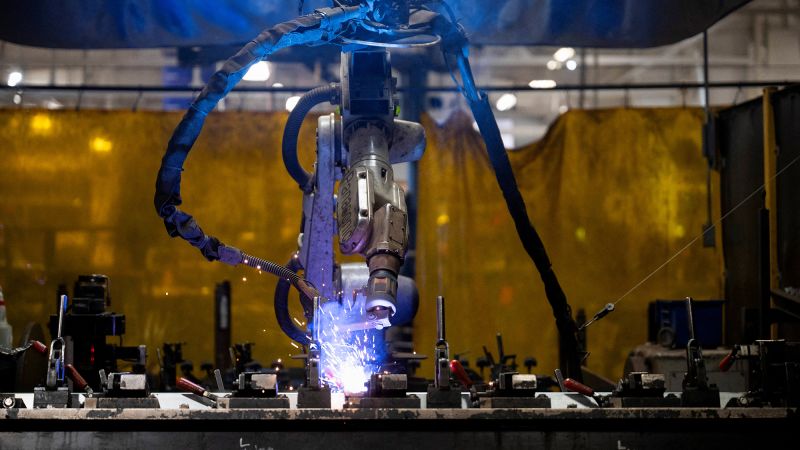Hemp vs. Marijuana: Understanding the BasicsCannabis is a genus of flowering plants that includes both hemp and marijuana. The key difference? THC content.
Tetrahydrocannabinol (THC) is the psychoactive compound responsible for the “high” associated with marijuana.Hemp: Contains less than 0.3% THC, making it non-psychoactive.

It’s cultivated for industrial, nutritional, and medicinal purposes.Marijuana: Contains more than 0.3% THC and is used for both medicinal and recreational purposes, with effects that can range from relaxation to euphoria.
Hemp: A Sustainable PowerhouseHemp has been used for thousands of years in textiles, construction, and even food. It’s one of the most sustainable crops due to its rapid growth cycle and ability to thrive without pesticides. Some key uses include:Clothing & Textiles: Hemp fibers are stronger than cotton and require less water to produce.
Biodegradable Plastics: Hemp-based plastics offer a sustainable alternative to petroleum-based products.Nutrition: Hemp seeds are packed with protein, omega-3 fatty acids, and essential nutrients.CBD Wellness: Cannabidiol (CBD), derived from hemp, is known for its potential in relieving anxiety, inflammation, and chronic pain.
Marijuana: Medicine & Mind ExpansionUnlike hemp, marijuana’s higher THC content has psychoactive effects. However, its medical applications are vast, with research backing its efficacy for conditions such as:Chronic Pain Relief: Cannabis has been found to help patients with arthritis, migraines, and neuropathic pain (Harvard Health, 2020).Mental Health Support: Studies suggest cannabis may help with PTSD, anxiety, and depression by interacting with the body’s endocannabinoid system (National Institute on Drug Abuse, 2022).
Neuroprotection: Some research indicates cannabinoids may help slow the progression of Alzheimer’s and Parkinson’s diseases.Legalization & The Future of CannabisAs of 2024, cannabis laws vary widely across the U.S.
and globally. The shift toward legalization is driven by economic benefits, medical advancements, and changing public perceptions. The legal cannabis market is expected to exceed $73 billion by 2027 (Statista, 2023), demonstrating its increasing mainstream acceptance.
Final ThoughtsCannabis isn’t just about getting high. It’s a plant with profound industrial, medicinal, and economic potential. Whether you’re exploring hemp’s sustainable benefits or marijuana’s therapeutic applications, understanding its many faces can help you make informed decisions about its role in your life.
Related ArticlesCannabis Unlocked: A Beginner’s Guide to the World’s Most Misunderstood PlantWhite House Finally Comments On Marijuana IndustryMixed Messages From The Feds About CannabisHow Hemp Helps You SleepThe Impact of 4/20 on Cannabis Legalization Efforts.
Business

Hemp, Highs & Healing: The Many Faces of Cannabis Explained

Cannabis is more than just a recreational indulgence—it’s a powerhouse of wellness, sustainability, and industry. From hemp’s eco-friendly versatility to marijuana’s medicinal potential, its impact is vast and evolving.










_0.jpg?itok=Jn8RJQZW)




